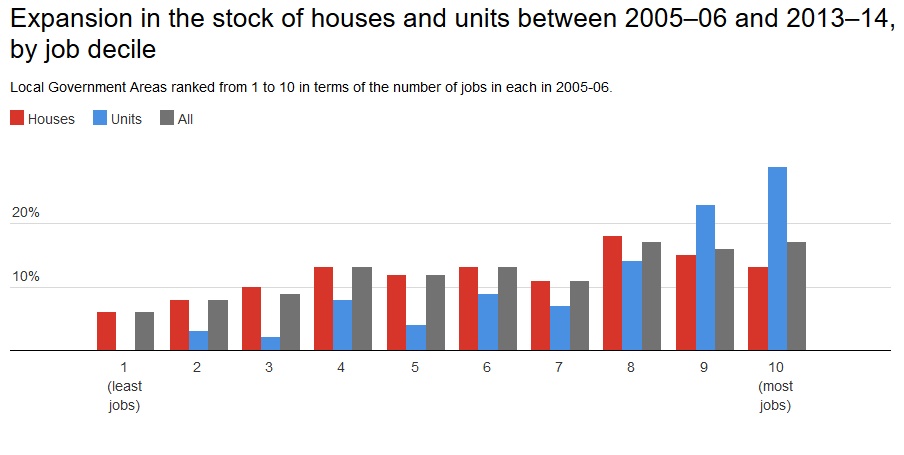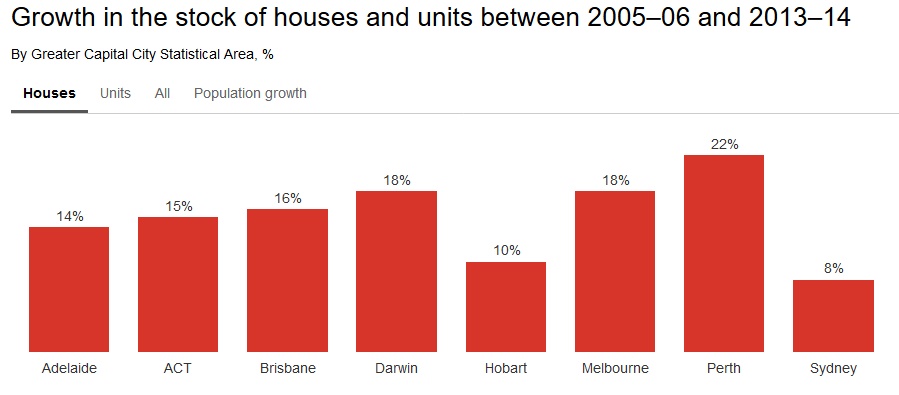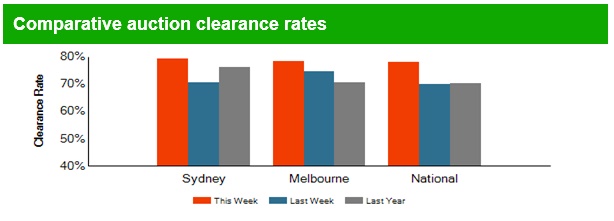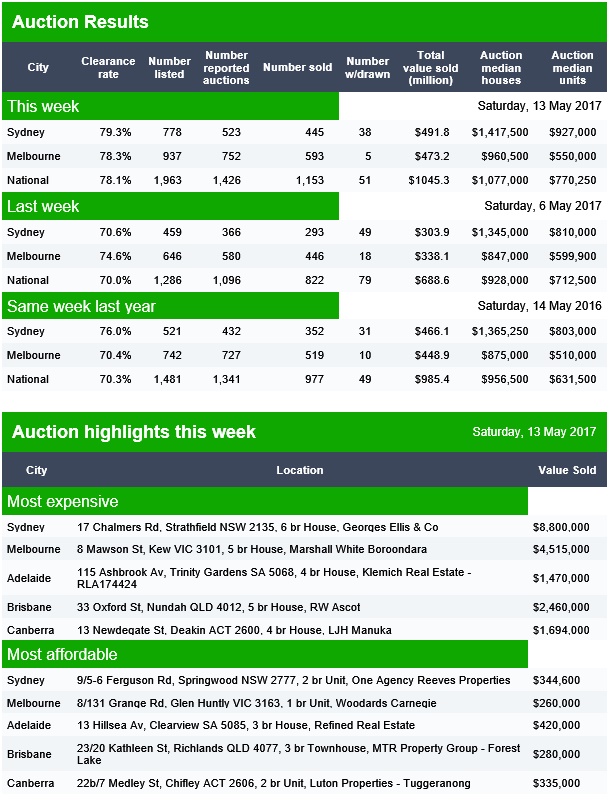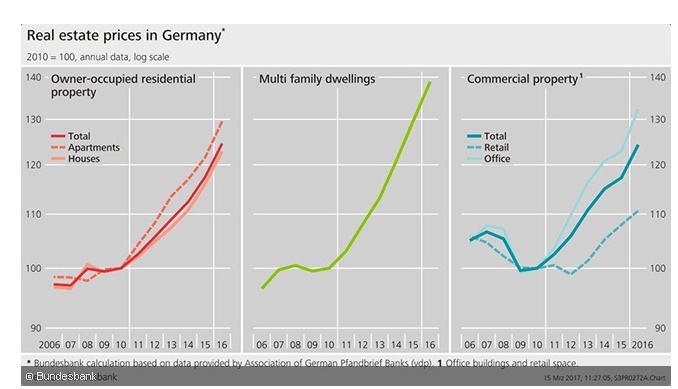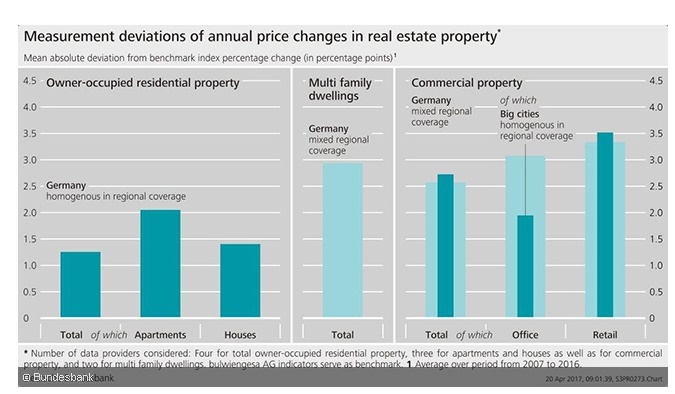The fierce competition in the rental market often results in renters paying more than is necessary. Over 150,000 tenants pay more than 50% of their incomes for housing.
These apps may seem like they give renters more power – they are marketed using words like “fairness” and “transparency”, but they also note that landlords are missing out on “millions and millions”.
Renting is a zero-sum game. Every dollar that a landlord gains is a dollar out of the tenant’s pocket. And in a market already tilted in favour of landlords, these apps could further push up rents.
To address the problem of renting affordability we need technologies that promote more cooperation between renters, rather than competition.
The apps
There are several different rent bidding apps, and they all work in different ways.
Live Offer asks prospective tenants to fill out forms and these are then ranked for the landlord to choose. The prospective tenants can see where they are in the rankings, in real time.
Rentberry is more of a real-time auction site. Prospective tenants submit bids, can see what the current highest bid is and how many bids there have been.
With Rentwolf, prospective tenants set up extensive profiles, as they would with AirBnB, and then apply for properties through the marketplace.
What is the right price?
Real estate is worth what people are prepared to pay for it. But tenants will always be the weak party at the negotiating table.
At least as far back as David Ricardo in 1817, economists have theorised that landlords take what is left over once other costs are deducted from the tenant’s income. In other words, rent is as much as tenants are able to pay.
Even before that, Adam Smith recognised that all real estate is a monopoly for landowners. This is because the supply of land is strictly limited, giving excessive negotiating power to whoever owns it.
But these apps overwhelmingly rely on auctions, which can itself be a problem due to what is called the “winner’s curse”.
Studies have shown that so long as there are at least two motivated bidders, the winning bid tends to either equal the value, or be one bid above it. In other words, the winning bidder in an auction will often overpay and will “suffer” for having won.
In the case of renters, this means paying excessive rents throughout the lease. Even worse, as more people bid similarly, the ruinous rents become accepted as normal. They become the market rent.
This same phenomenon has been shown in everything from jars of coins to oil-drilling rights and, yes, real estate.
Some research has further shown that in an auction the second-highest bid could be the “rational price”.
My own controlled experiments have shown that people are easily encouraged by necessity to bid excessively in auctions. This is despite full knowledge of the ruinous consequences.
This is because people have only a limited capacity to vary their needs. We all need to live somewhere, and our culture limits the options. If the option is sharing with relatives or accepting a lower standard of living due to high rents, then our sense of independence will often prompt our willingness to tighten our belts.
These rental apps will play into these stresses and uncertainties, making it more likely people will overbid in the auctions. This is why these rental apps are likely to result in higher rents.
How technology can reduce rents
Some time ago researchers suggested that renters might be able to reduce rents by banding together.
Working together, renters would be able to create the equivalent of there being only one buyer in the market – a monopsony. A monopsony works like a monopoly, but for buyers rather than sellers. For real estate rents, if land owners enjoy a natural monopoly-like advantage, then tenants have to behave like a monopsony to negate the power imbalance.
The current crop of rental apps do not address this imbalance. They only inform bidders as to what other, similarly stressed people, are bidding. It stresses them to bid higher.
Already, we are seeing the power of Facebook to build communities around renting. There are groups that help people find flatmates, for example. If the internet is to tackle the problem of renting affordability, then we need to extend this community, for renters to act in unison on rent.
Without a service that seeks to unite renters, rather than have them compete, housing affordability will only get worse. Rent bidding apps will increase landlord revenues and do so at the expense of tenants.


